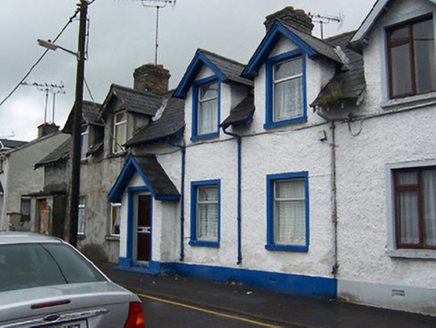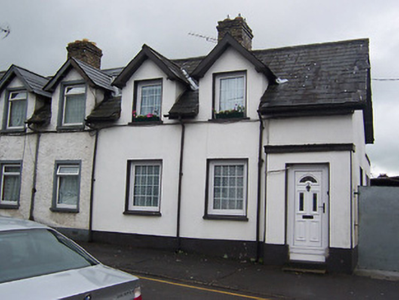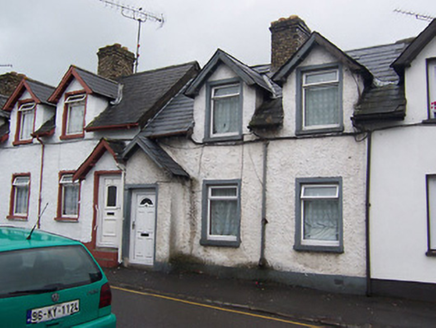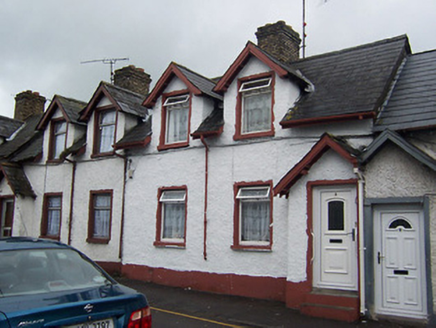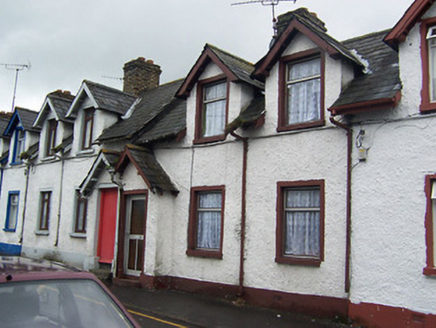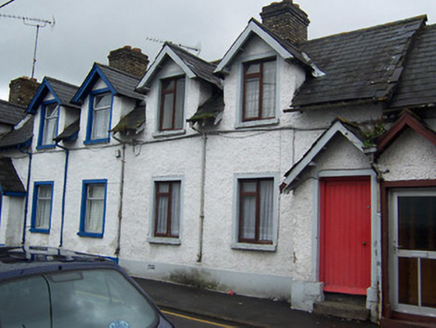Survey Data
Reg No
15310130
Original Use
House
In Use As
House
Date
1880 - 1900
Coordinates
244099, 253139
Date Recorded
20/07/2004
Date Updated
--/--/--
Description
Terrace of seven three-bay two-storey local authority houses, built c.1890, having projecting single-bay gable-fronted entrance porches to the main elevation (northwest). Now in use as private houses. Pitched natural slate roofs with overhanging eaves with exposed rafter tails, moulded yellow brick chimneystacks and some surviving sections of cast-iron rainwater goods. Two gable-fronted dormer openings with slate roofs to each building. Generally roughcast rendered walls over smooth rendered plinth courses. Square-headed window and door openings now with a variety of replacement fittings. Road-fronted to the southeast side of MacCurtain Street and to the east end of Mullingar.
Appraisal
An appealing terrace of late nineteenth-century houses, which retain most of their early form and character despite the loss of the majority of early fittings to the openings. The appearance of these houses suggests that they were built as part local authority scheme of social housing. A great many houses of this type were built in Ireland following the passing of the various Land Acts by the British parliament in the late nineteenth and early-twentieth centuries and they are a feature of the outskirts of many of the larger Irish towns. These houses were usually built to a high standard and display a conscious architectural design, as is the case here on MacCurtain Street. This terrace may have been built under the patronage of Lord Greville, as he sponsored the construction of St. Agnes and St. Josephs Cottages adjacent to the east. The large gardens to the rear reflect the social thinking of the time. These modest structures are an interesting part of the social history of Mullingar and reflect the growth of Mullingar to the east end at the time. If sensitively restored, this terrace would be a very welcome addition to the streetscape of Mullingar.
